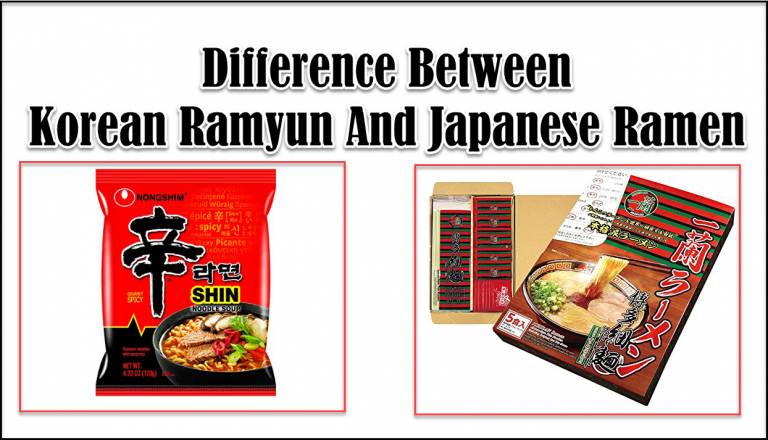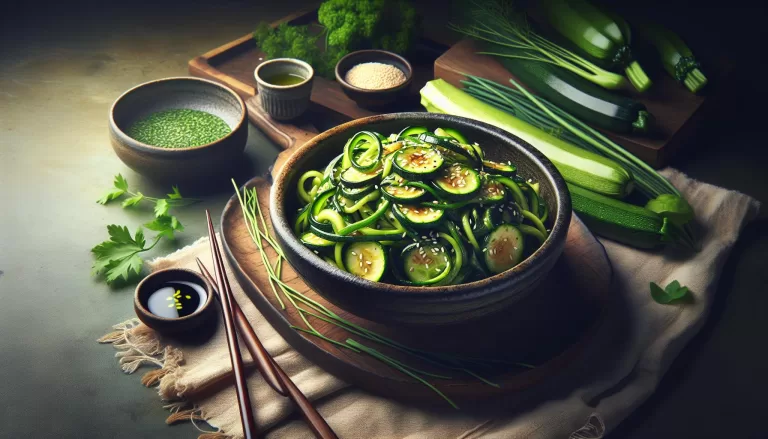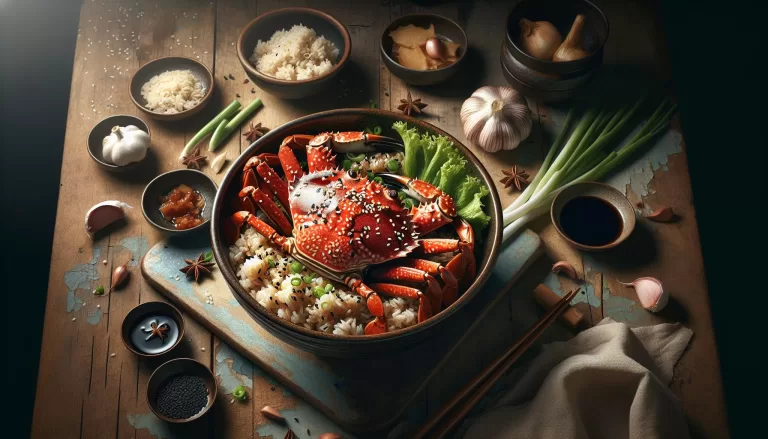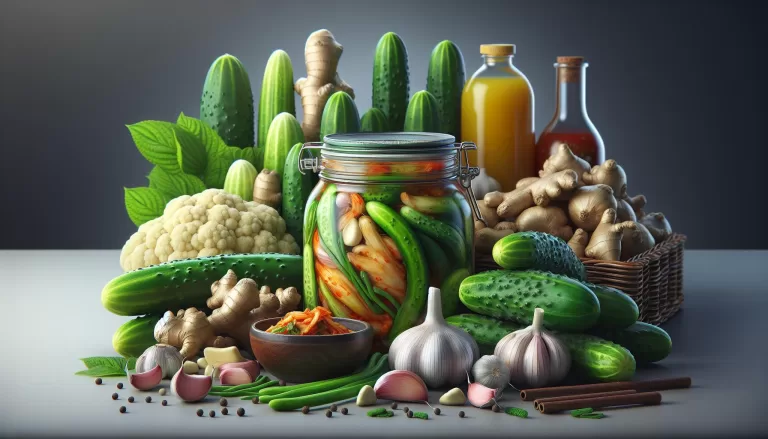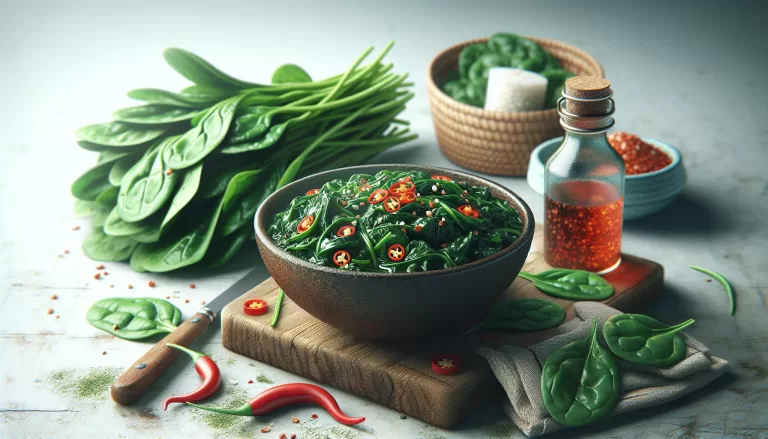Easy Homemade Maneul Jangajji Korean Pickled Garlic Recipe Tips and Tricks

Understanding Korean Pickled Garlic
Immerse yourself in the flavorful world of Korean pickled garlic or maneul jangajji as it’s affectionately known. This traditional dish carries centuries of culinary heritage. It’s more than just a pickled treat – it’s a cultural experience.
Maneul jangajji has a unique bold flavor that’ll add an exotic twist to your meals. Unlike fresh garlic, pickled garlic has a mellow and tangy flavor. As it ages, it gains an umami depth. Ideal for those who want to experiment with multi-layered flavor profiles.
The Korean pickled garlic is versatile. It’s commonly used as banchan (Korean side dish) or as part of a hearty Korean BBQ spread. But don’t limit it just to Korean cuisine. You can incorporate it into sandwiches, pasta, or even top it on a fresh salad.
Creating this culinary delight at home is easier than you’d think. It only requires few accessible ingredients. Still, to enhance the flavors, you can experiment with different ingredients. Chili flakes or Shishito peppers can give your pickled garlic an extra kick. Sugar’s sweetness can balance out the sour notes, while a hint of ginger can add a spicy, pungent note.
Let’s delve a little into its health benefits. Garlic, in any form, is arguably a super ingredient. It’s packed with antioxidants and possesses antimicrobial properties. Not only does pickling preserve the nutritional benefits of garlic, but it can also enhance it. Vinegar increases the bioavailability of certain nutrients and enzymes. Including at least one serving of pickled food in your diet can aid in digestion and support your immune system.
And lastly, to put your mind at ease about the nutrition aspect of this recipe, we’ve gathered the nutritional data for you.
| Calorie | Carbs | Protein | Fat | |
|---|---|---|---|---|
| 100g | 149 | 33.06 | 6.36 | 0.5 |
Key Ingredients for Homemade Maneul Jangajji

Diving into the heart of the recipe, you’ll find a few key players essential to creating that quintessential maneul jangajji flavor. Here’s what you’ll need to get started:
- Peeled garlic cloves: 500 grams. Nothing screams traditional Korean pickled garlic louder than this main component. Fresh garlic cloves hold the power to transform a simple brine into a tangy, flavorful concoction.
- Soy sauce: 500 milliliters. It’s the second most important part of your pickling solution. The complexity of soy sauce adds depth to the garlic.
- Vinegar: 250 milliliters. Vinegar acts as a preservative and heightens the sharp, zingy profile of the pickled garlic.
- Sugar: 250 grams. Balance is key in maneul jangajji. Sugar tempers the tanginess, elevating the overall taste.
Have a look at this summary:
| Ingredients | Quantity |
|---|---|
| Peeled garlic | 500 grams |
| Soy sauce | 500 milliliters |
| Vinegar | 250 milliliters |
| Sugar | 250 grams |
Ramp up the flavor! Feel free to add ginger slices or chili flakes for an extra kick. Ginger provides warmth and zing, while chili flakes raise the heat level. This step isn’t traditional but it makes your maneul jangajji unique and memorable.
Step-by-Step Recipe Instructions

Let’s jump right in and get cooking.
Step 1: Start off by gathering all the ingredients you’ll need. That’s 2 cups of peeled garlic cloves, 1 cup soy sauce, ½ cup vinegar, and ½ cup sugar. For a unique twist, optionally add in 1 teaspoon of ginger slices or half a teaspoon of chili flakes.
Step 2: Combine the soy sauce, vinegar, and sugar in a saucepan. Stir on medium heat until the sugar dissolves to make the pickling solution.
Step 3: While the solution cools, carefully pack your garlic cloves into a sturdy jar. Try to fit the cloves tightly to minimize the amount of solution needed.
Take Note: Using fresh garlic is crucial. If the cloves have started to discolor or sprout, they aren’t as good for pickling.
Step 4: Pour the cooled pickling solution over the garlic cloves in the jar. If you’re adding ginger slices or chili flakes, this is the moment!
Step 5: Seal the jar and store it in a cool, dark place. It’s best if you can wait at least a week before consuming- allowing the garlic to fully absorb the solution’s flavors.
This recipe yields a unique and flavorful maneul jangajji. If you opt to add in those extra ingredients, you’re in for a real treat! Have fun experimenting with variations to create a personalized dish.
| Nutrient | Amount |
|---|---|
| Calories | 70 |
| Carbs | 15g |
| Protein | 2g |
| Fat | 1g |
Tips for Perfecting Your Pickled Garlic

In your journey to create the perfect maneul jangajji, or Korean pickled garlic, there are several key factors you should keep in mind. From the selection of your garlic cloves to the optimal storage conditions, attention to these details can elevate your final product.
First, use the freshest garlic you can find. Fresh ingredients make a prominent difference in your pickled garlic. Look for plump, firm cloves without any discolored patches or green shoots.
Another crucial aspect is the soy sauce quality. Globs of sodium-ridden, lackluster soy sauce won’t cut it here. For the best flavor, seek out high-quality traditional soy sauce. This can make your pickled garlic more authentic and tasty.
Let’s talk pickling solution – the heart of your maneul jangajji. Achieving the right balance between soy sauce, vinegar, and sugar is an art of its own. But feel free to experiment. Modify the standard 2:1:1 ratio to suit your liking. Some prefer a sweeter flavor while others lean towards a more tangy twist.
Don’t forget about the additions you can make, either. Consider adding a flavorful twist with ginger slices, chili flakes, or even a sprinkle of tangy citrus zest. These extras can create a symphony of flavors in your jar.
Packing your jar is just as important as the quality of your ingredients. Tightly packed garlic cloves promise a bolder flavor. But avoid overcrowding as your cloves need to marinate properly. Thus, finding the right balance is key.
Finally, storage. Keep your jar in a cool, dark place for at least a week to let the flavors really meld. The longer it sits, the more flavorful it will become.
Nutrition-wise, maneul jangajji is a winner. It’s low in calories yet rich in nutrients. Indulge in it guilt-free and embrace the added health benefits.
Taking these tips into account will certainly you put on the right track to perfect your homemade maneul jangajji. So, what’re you waiting for? Start your pickling adventure today!
Remember, it’s not just about following a recipe. It’s about making it truly your own. Immerse yourself in the wonderful world of Korean cuisine and create a dish to remember.
Serving and Storage Recommendations

Discovering the proper way to serve and store your homemade maneul jangajji is essential to enjoy its full flavor and maximize its shelf life.
Traditionally, Korean pickled garlic is served as a side dish during meals, known as banchan. This is where its strength shines, complementing main courses such as smoked dishes, barbecued meats, and other savory recipes. It’s impressively versatile, able to be paired with virtually any dish, enriching the overall flavor. Also, you can consider slicing the cloves thinly and adding them to salads or stir-fries.
Ideally, it should be consumed within 2 weeks after the marination. But don’t worry about making too much. Maneul jangajji can be stored for months, developing even more depth of flavor.
| Ideal Consumption Time | Within 2 weeks |
| Storage Duration | Up to several months |
For storage, keep your maneul jangajji in an airtight glass jar in a cool, dark place. The refrigerator is, in most cases, your best option. It maintains the freshness of the garlic while slowing down the fermentation, allowing the cloves to steep and the flavors to fuse for a longer period. Ensure to use clean utensils every time you reach for a clove to keep bacteria out and prevent spoilage.
Conclusion
So there you have it! Your guide to mastering the art of making homemade maneul jangajji. Remember, the key to an exquisite Korean pickled garlic dish lies in using fresh garlic and top-notch soy sauce. Don’t hesitate to tweak the pickling solution to your taste, and explore additional ingredients for a unique spin. Proper packing and storage are crucial for the best flavor payoff, and clean utensils are your best defense against spoilage. Nutritious and low in calories, this dish is a winner on all fronts. Serve it as a side dish, pair it with your favorite meals, or savor it on its own. And remember, while it’s best consumed within 2 weeks, you can store it for months in the fridge for a deeper, more developed flavor. Happy pickling!
